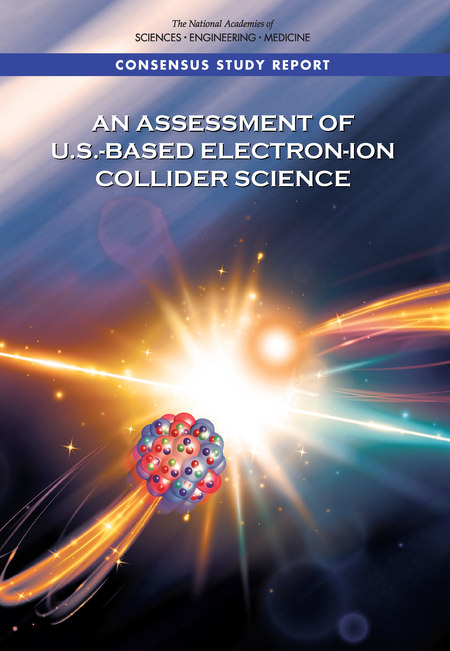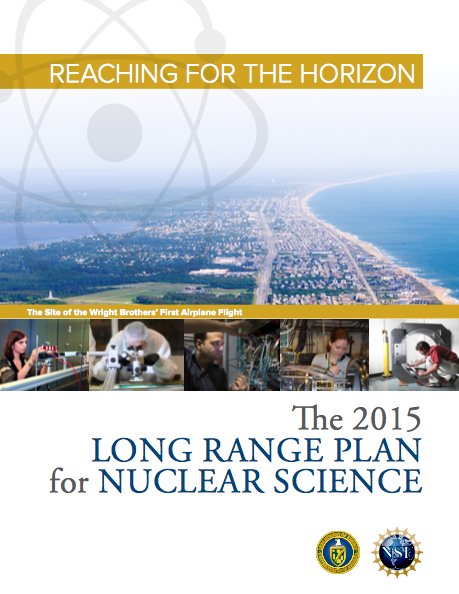
 Using highly polarized beams of electrons and ions, with high luminosity and the ability
to vary the center-of-mass energy, the EIC can uniquely address threee profound questions
about nucleons -- nuetrons and protons -- and how they are assembled to form the nuclei
of atoms:
Using highly polarized beams of electrons and ions, with high luminosity and the ability
to vary the center-of-mass energy, the EIC can uniquely address threee profound questions
about nucleons -- nuetrons and protons -- and how they are assembled to form the nuclei
of atoms:
- How does the mass of the nucleon arise?
- How does the spin of the nucleon arise?
- What are the emergent properties of dense systems of gluons
(excerpted from An Assessment of U.S.-Based Electron-Ion Collider Science (2018))
 By precisely imaging gluons and sea quarks inside the proton and nuclei, the EIC will
address some of the deepest issues regarding the emergence of nuclear properties from
QCD:
By precisely imaging gluons and sea quarks inside the proton and nuclei, the EIC will
address some of the deepest issues regarding the emergence of nuclear properties from
QCD:
- How are the gluons and sea quarks, and their intrinsic spins, distributed in space and momentum inside the nucleon? What is the role of sea quark and gluon orbital motion in building the nucleon spin?
- What happens to the gluon density in nuclei at high energy? Does it saturate, giving rise to a gluonic matter component with universal properties in all nuclei, even the proton?
- How do gluons and sea quarks contribute to the nucleon-nucleon force, as manifested in the internal landscape of light nuclei?
- How does the nuclear environment affect quark and gluon distributions and interactions inside nuclei? Do the abundant low-momentum gluons remain confined within nucleons inside nuclei?
- How does nuclear matter respond to a fast moving color charge passing through it? How do quarks of different flavor dress themselves in nuclear matter to emerge as colorless hadrons? What does this dressing process tell us about the mechanisms by which quarks are normally confined inside nucleons?
Answers to these questions are essential for understanding the nature of visible matter. An EIC is the ultimate machine to provide them.
The EIC, with high energy and high luminosity polarized beams, will unite and extend the scientific programs at CEBAF and RHIC in dramatic and fundamentally important ways.
(excerpts from Reaching for the Horizon- The 2015 Long Range Plan for Nuclear Science)

